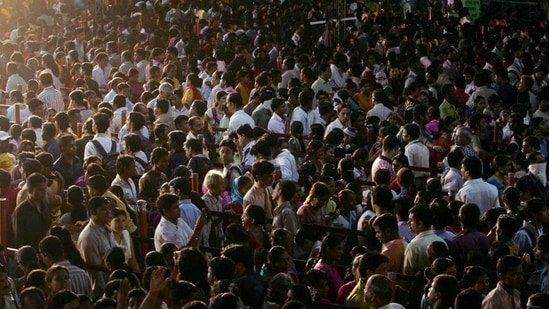
The Malthusian dread of an unsustainably large human population is now giving way to concerns over a baby bust – the world reaching a scenario of too few people, in too short a time. A new study published in The Lancet joins other recent ones that warn of accelerated depopulation. It projects 155 of 204 countries, or nearly 76%, to have fertility rates below the replacement rate of 2.1 births per woman by 2050. By the end of the century, 97% of the countries will be below this line. There is another dimension to the problem–three-quarters of all live births will occur in low and low-middle-income nations by 2100, with more than half happening in sub-Saharan Africa.

The gradual pushing of brakes on population growth has resulted from two key factors. State intervention is one. China’s one-child policy is the obvious example, but countries like India have also nudged their populations towards greater uptake of birth control methods. Economic growth, advances in modern medicine and rising levels of education constitute the other. This is most evident in the US and developed Asian economies like Japan and South Korea. Indeed, fertility rates in the latter two have fallen far below replacement rates, and their population will soon begin to shrink. With lower fertility rates, as populations get older, social security and caregiving will emerge as major challenges.
Countries, especially the richer nations where populations run the risk of shrinking soon, have been trying to shore up fertility rates though with limited results. They may instead try allowing more immigration. This will, of course, not be without problems – culture clashes, inequality getting starker due to the influx of immigrants from poorer nations, and the welfare burden on States among others. The nations must weigh these against a future of sinking economies and aged populations.







